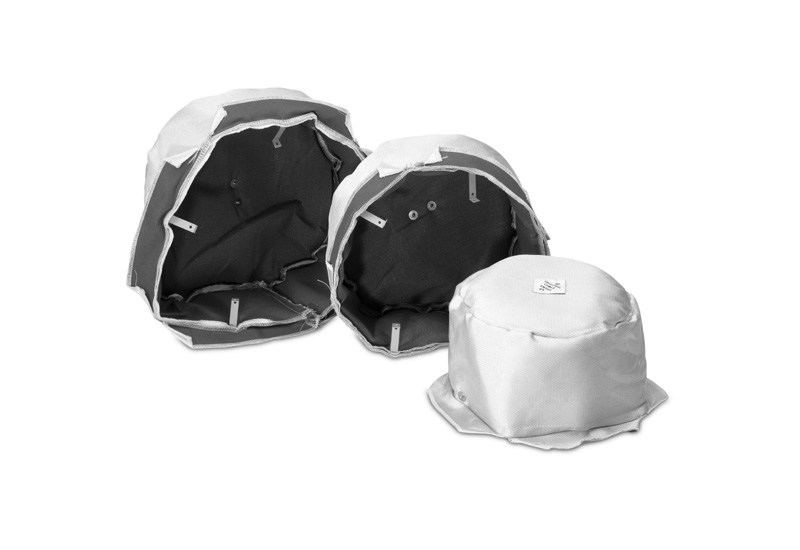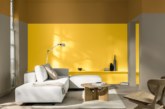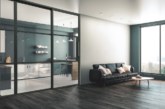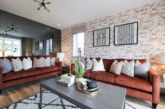
Q Acoustics and Audica have worked together to develop a range of fire and acoustic hoods that cover the rear of in-ceiling and in-wall speakers.
Property developers and builders delivering projects that feature installed speakers can now ensure they are compliant with new building regulations thanks to Q Acoustics and sister company Audica. The two brands have worked together to develop a range of fire and acoustic hoods that cover the rear of in-ceiling and in-wall speakers. The hoods have been designed to dramatically slow the spread of fire between floors, whilst decreasing potential sound leakage from the back of the speaker.
The Q Acoustics product, which comes in a number of different sizes, has been designed to melt when it comes into contact with high temperatures, creating a robust seal. As a result, the hoods, which have been tested at the UK Building Test Centre and comply with Part B and Part E of the UK Building Regulations, maintain 30-60 minutes of fire-resistant rating.
not only do they help resist the spread of fire, but they also provide a barrier that reduces the transmission of noise to adjacent rooms and properties
The benefit of installing a speaker hood is two-fold, with the product range also being carefully engineered to reduce sound pollution into other rooms within buildings. Adding the solution will restore the acoustic integrity of the ceiling or wall, whilst reducing the rear transmission of sound by around 10dB. This means homeowners can enjoy quality sound via Q Acoustics Install and Audica speakers, whilst minimising disturbance to other residents in the building complex, or in neighbouring properties.
Alex Munro, Brand Director at Q Acoustics and Audica, said: “Builders and property developers have a fantastic opportunity to add value to their properties by installing sophisticated in-wall or in-ceiling speakers. Our new innovative hoods will ensure they remain fully compliant with the most up-to-date regulations for added peace of mind. In addition, not only do they help resist the spread of fire, but they also provide a barrier that reduces the transmission of noise to adjacent rooms and properties, which is especially valuable in flats or terraced housing.”








